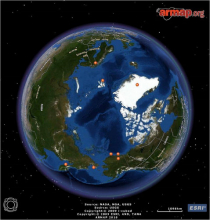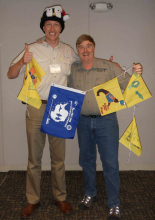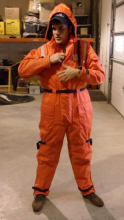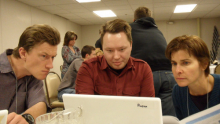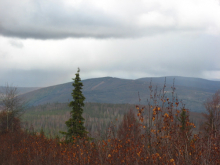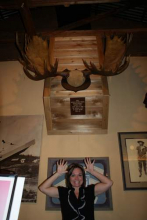Glacial Movement and Seismicity
What Are They Doing?
Glaciers are like moving rivers of ice, and as meltwater makes its way to the bottom of the ice sheet it acts like a lubricant helping the glacier move. As climate warms in the polar regions, glacial meltwater increases, reduces friction, and causes this movement to increase. Increased glacial movement may cause glaciers to recede more rapidly, but there is no exact formula for this.
For this project, the team worked at the Svartisen Subglacial Laboratory, a laboratory located beneath a glacier, to study the glacier’s movement. From the lab, water pressure beneath the glacier was manually increased in an attempt to cause rapid glacial movement. The sliding of the glacier caused very small earthquakes, which could be measured using seismometers at the glacier surface and in rock tunnels below the glacier.
Predicting future increases in ice-sheet sliding speed is one of the single largest unknowns in predicting sea-level rise due to melting glaciers. The measurements taken were to help scientists learn more about glacial movement. In addition, the information improved how seismological data from the Greenland and Antarctic ice sheets translate to glacial movement, and therefore sea level rise.

